Making bread has been a tradition for centuries. How many centuries? When I googled it, I found this: According to history, the earliest bread was made in or around 8000 BC in the Middle East, specifically Egypt.
This could mean those who built the Great Pyramid more than 10,000 years ago may have been the first bread makers. Where had they come from? Advanced societies, such as Atlantis, where they probably made bread for centuries before that, but all that history has been destroyed.
Up until about 70 years ago, one could literally live off bread and water, but the high processing of the grain that goes into today’s bread is far less nutritious than it was decades ago. With all the good stuff removed to make bread soft and white and bad stuff added to fortify it, it’s more like junk food and would never sustain life.
The ingredients listed for our local Ben’s white bread are:
Enriched wheat flour, water, sugar, yeast*, vegetable oil (canola or soybean), wheat gluten*, salt, vinegar*, soybean flour, calcium propionate, sorbic acid*, soybean lecithin. * ingredients may vary.
Canola and soybean are two of the worst oils to consume. While this processed bread contains 12 ingredients, real bread needs only five: flour, water, yeast, butter and salt. It doesn’t need a sweetener to feed the yeast, so honey (or sugar) can be left out. However, I put a dab of honey in mine.
Ingredients in Canada are listed according to the quantity. That means the ingredient used most was flour, second was water and third sugar. That’s a sweet bread.
But enough of store-bought bread. What I really want to do on a cold winter’s day is make bread. Since I’m out of whole wheat, rye and bean flour, I used only non-treated, non-bleached regular flour. After I had the loaf in the oven, I thought about grinding up a wee bit of oatmeal to make flour and adding that to the mixture, but it was too late. Next time.
I’ve been working on this recipe for more than ten years. A warm kitchen helps the bread rise better, but it still rises well in a cool kitchen. I use a pan most of the time, but sometimes I haul out the pizza stone and throw it on that to bake.
Making One Loaf of Bread
In a large bowl put
- 1 1/4 cup warm water
- 3 teaspoons yeast
- 1 teaspoon honey
Whisk together, then let rise for 50 minutes under cover.
After 50 minutes, the mixture will look like the top of meringue pie.
Add to this mixture
- 1 cup flour (this can be any type of flour: rye, bean, whole wheat or non-bleach flour)
Whisk together. Let rise under cover for 10 minutes.
Add to this mixture
- 2 cups non-bleached flour
- 1/2 tablespoon melted butter
- 1/4 teaspoon sea salt
Mix together and knead for 10 minutes. Cover and let rise for one hour.
After One Hour
Knead the dough for another 5 minutes, then place it in a greased loaf pan. Cover with a damp cloth and let rise for 2 hours.
When the dough goes into the pan, it is small.
Two hours later, it has risen to fill the pan above the edges.
Baking
Bake at 400 degrees Fahrenheit for 23 to 25 minutes. Pop out of the pan onto a cooling rack. Let it thoroughly cool before slipping into a container (or plastic bag, paper bag or bread box).
Out of the oven and cooling on a rack.
Time
From start to finish, it takes almost four hours to make bread. However, most of that time is waiting for the bread to rise and cooking. I use only 25 minutes of my time to prepare the bread for the oven. While I’m waiting, I’m either writing or working around the kitchen.
Eating the bread with breakfast the next morning.
Mom Making Bread
My mother had been making bread practically her whole life. She learned from her mother in the early 1930s. If she had a dollar for every loaf she’d made, she’d be a millionaire. I don’t think Mom bought bread until the late 1970s. Before that, it was all homemade. After that, she’d make it two or three times a month.
She’d start early in the morning and by early afternoon, we were smacking our lips on hot bread and molasses. She’d make six or seven loaves at a time and a pan or two of buns.
She was famous for her bread, and everyone who came to the house sampled it. I tried to record the recipe once, and if you’re familiar with how older folks cook, it was a little of that and a little of this.
Mom always rubbed butter on the top of the bread and buns when they came out of the oven to soften the crust. I don’t do that but if you do, follow her lead.
Homemade bread not only warms the stomach but the kitchen on a cold winter’s day. Enjoy.
PS: If you don’t know how to knead, don’t worry. My mother kneaded differently than I do. I couldn’t copy her movements, so I made my own. I’ve been making bread, pizza dough and cinnamon rolls for decades, so I’ve got my own rhythm.
If you’re lost at where to start, here’s a quick video on YouTube: Kneading Bread. Basically, all you’re doing is folding the dough back onto itself, pushing it together, turning 1/4 turn and then repeating this for ten minutes. Add enough flour only to keep it from sticking to the surface and your fingers. After you’ve done this a few times, you’ll know when the dough feels right.
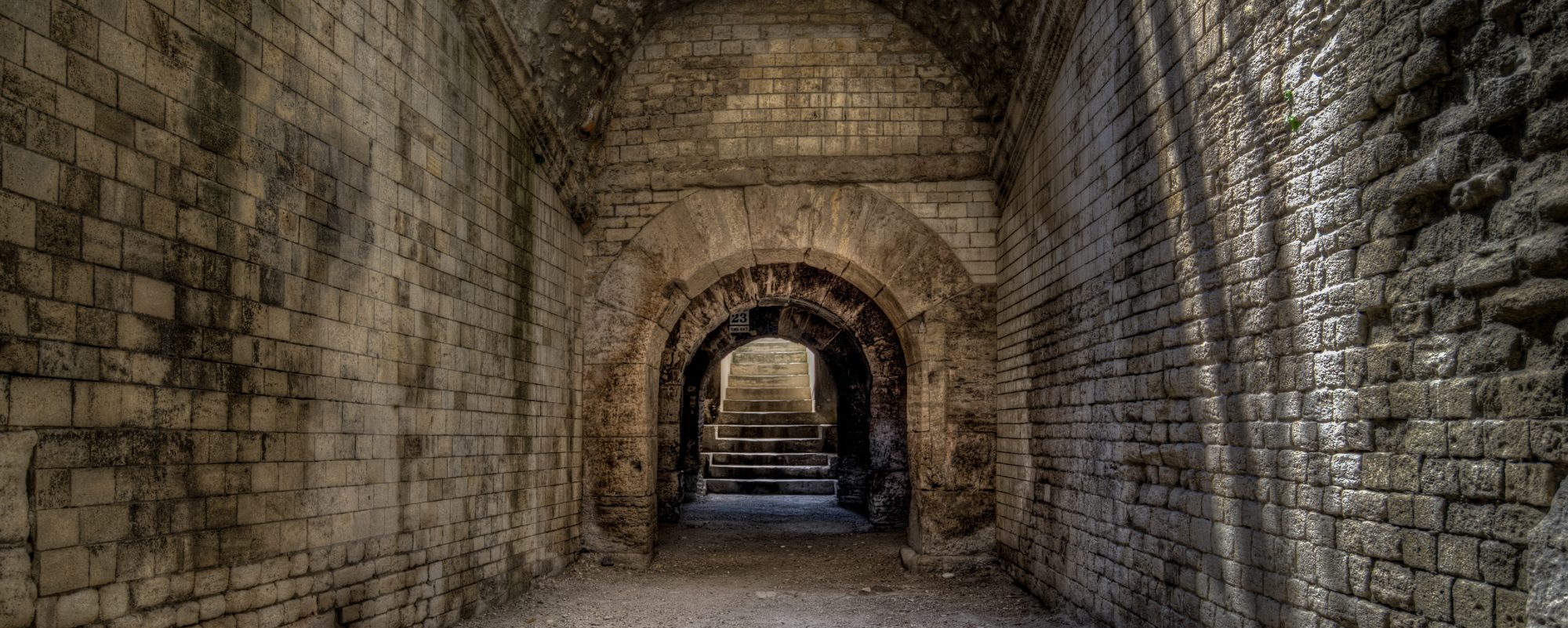
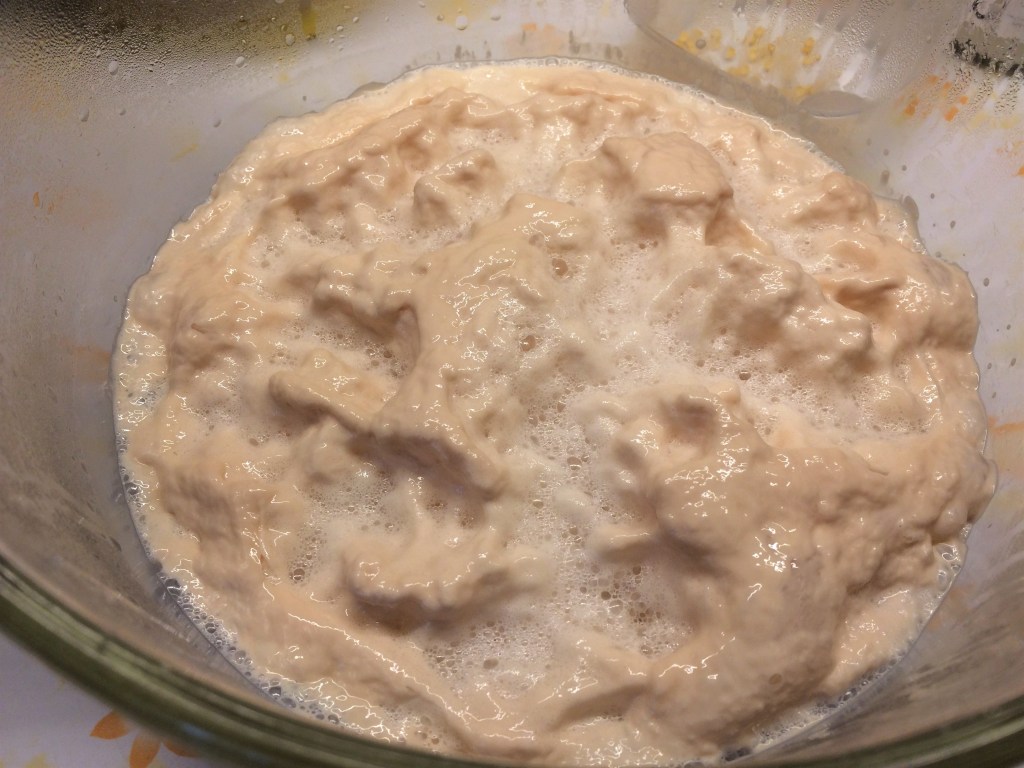

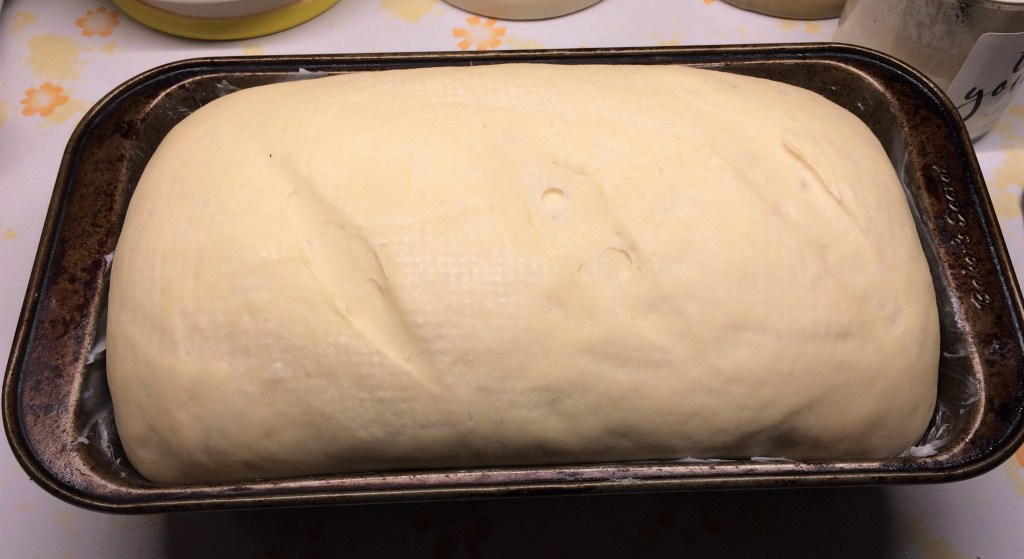
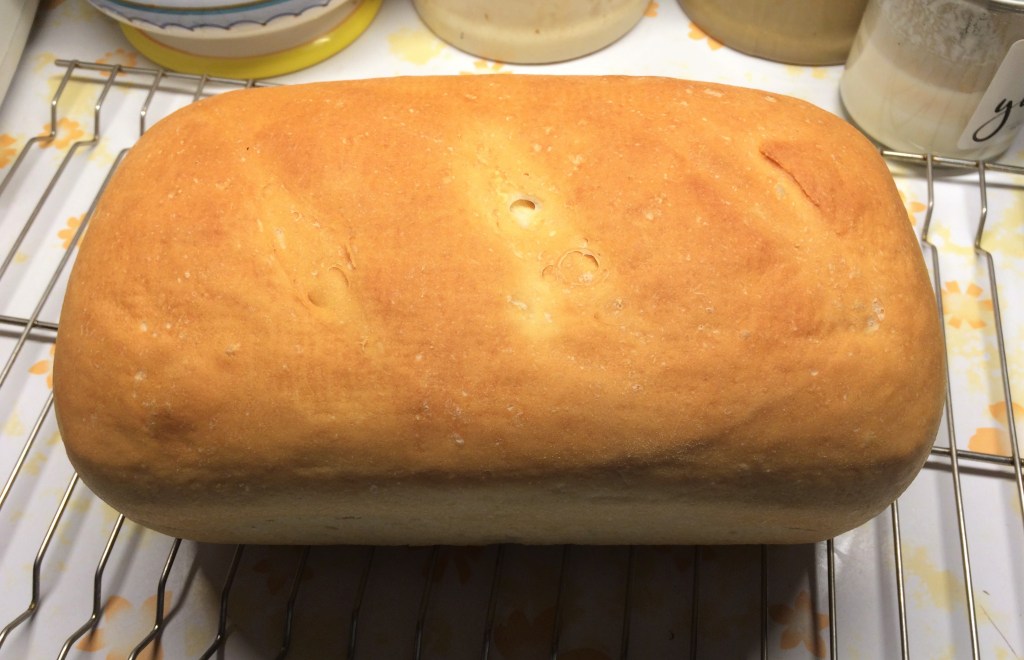
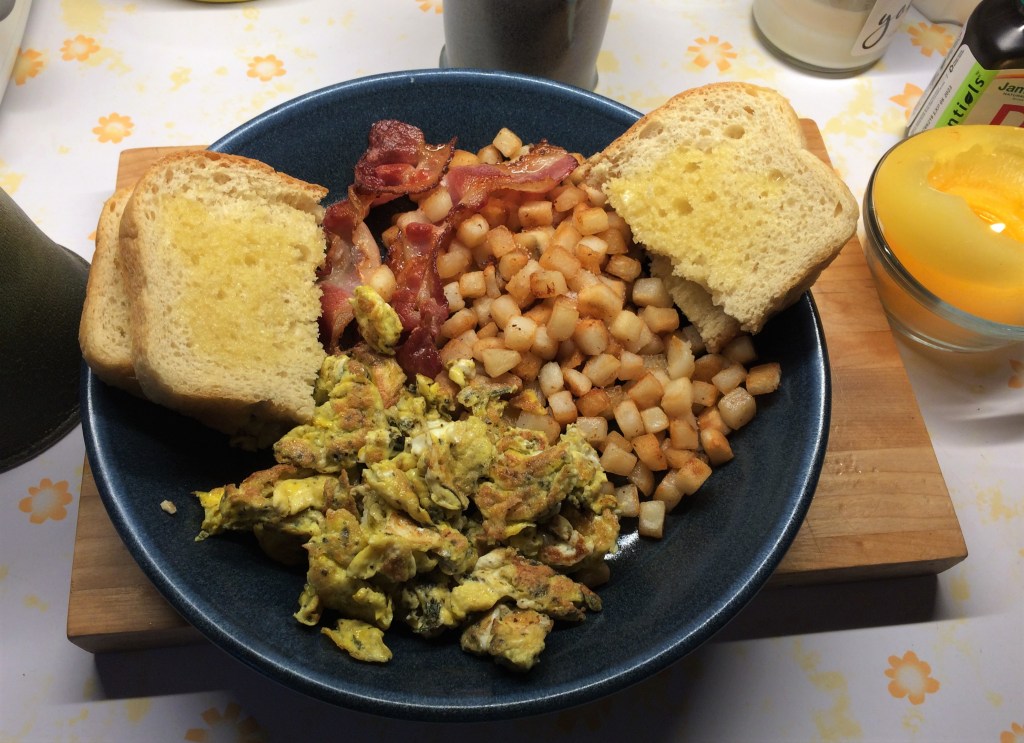
Looks so good. I love fresh-baked bread. Here in Spain, you can buy fresh-baked bread first thing in the morning, with no additives. It only lasts a day but it is so good.
LikeLike
I have heard that about Spain. I believe Italy and France are similar. I’m so far from a fresh market, it is not economical to buy bread there. However, I have attended a few Farmers Markets and bought such things. These markets are few here and seasonal.
We need to return to the old ways: a market in every village and several in the city, ones that can be walked to.
LikeLike
Hi Di. Fab recipe. I only just found your other blog here lol 🙂
LikeLike
Thanks, Debby. Welcome aboard.
LikeLiked by 1 person
🙂
LikeLike